
Fortunately, doing so has become a lot easier in the past few decades. With the recent implementation of ADS-B, we have access to live weather information, either on a panel-mounted device or a tablet, without paying for a monthly subscription.
As a budding pilot two decades ago, I didn’t have the luxury of live weather in the cockpit or multiple apps or websites from which to obtain weather data. Pilots had to get their weather forecasts and reports from local flight service stations—FAA offices focused on providing information to pilots. Many years ago, I visited the FSS in Hawthorne, California, which has since closed. It looked much like an air route traffic control center—a windowless room filled with computer screens and several briefers who deciphered the weather data and relayed it to pilots dialing in on 800-WX-BRIEF or from a frequency while airborne.
Calling for a weather briefing was initially somewhat intimidating to me. I understood probably less than half of what the briefer was saying. But the call provided an opportunity to ask questions regarding the weather—a service that apps and websites don’t offer. When the briefer said, “VFR flight not recommended,” it was easy to decide to stay on the ground (before I got my instrument rating, that is).
This story is from the April 2020 edition of Flying.
Start your 7-day Magzter GOLD free trial to access thousands of curated premium stories, and 8,500+ magazines and newspapers.
Already a subscriber ? Sign In
This story is from the April 2020 edition of Flying.
Start your 7-day Magzter GOLD free trial to access thousands of curated premium stories, and 8,500+ magazines and newspapers.
Already a subscriber? Sign In
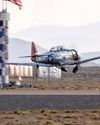
The Temple of Speed
Reno entices even this altitude-oriented pilot.

Flat Sixes
Fanatical artisans
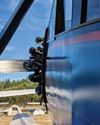
Blue over Green, Tent in Between
I’m old , I’m cranky. Why do I keep air-camping?

Gulfstream Reveals G400, G800
The product lineup gains large-cabin and ultralong-range mounts.
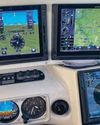
Every Airplane Requires a Checkout
Embrace the challenge of mastering a new machine.

Fuhggedaboutit
Fifty-plus years of f lying forgetfulness
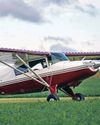
THE MAULE FAMILY APPROACHABLE AIRCRAFT
Choose your mount —the Maules do it all.

Sisters
“ Women certainly have the courage and tenacity required for long flights.” —Mildred Doran
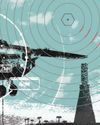
INSIDE OUT OR OUTSIDE IN?
What kind of pilot should you be?
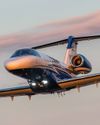
WE FLY: CESSNA CITATION CJ4 GEN2
THE FLAGSHIP CJ JUST GOT A WHOLE LOT BETTER.